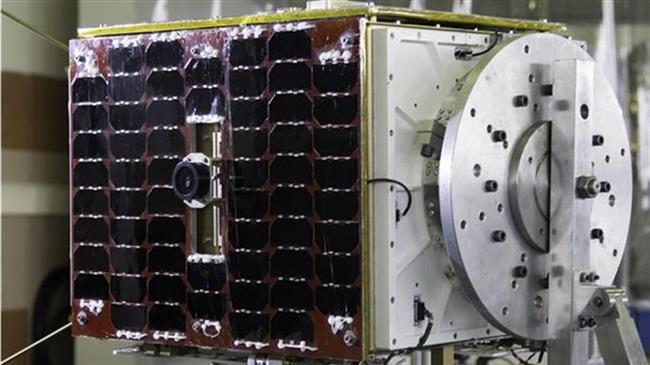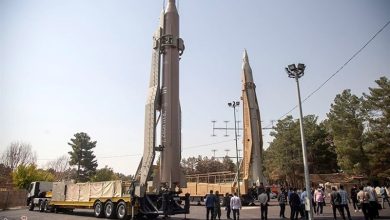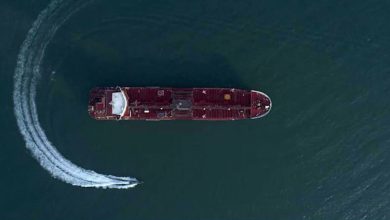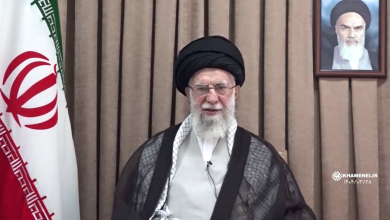Iran’s Nahid 1 satellite ready for launch: ICT minister

Iran’s minister of information and communications technology (ICT) says the country is ready to launch Nahid 1 (Venus 1) telecommunication satellite into orbit, and that two more satellites are being assembled ahead of their contingent launch.
“In the field of satellite design and manufacture, we have completed Nahid 1 telecommunication satellite, which is ready for launch, and Pars 2 satellite is under assembly. Moreover, the engineering model of Nahid 2 satellite has been completed, and the construction processes of its flight and qualification model are underway,” Mohammad Javad Azari Jahromi was quoted by Fars News Agency as making the announcement at Iran’s Space Research Center on Monday.
The Iranian ICT minister underlined that the test and trial of Arash space engine was one of the other valuable and great achievements of the Space Research Center in the field of space engines.
“The most important issue in the field of aerospace is that all these successes were achieved in a situation where the country, and [Iran’s] aerospace industries in particular, had been under sanctions and gaining access to such technology had in no way been possible,” Azari Jahromi noted.
The minister reaffirmed that “Iran has up to this point displayed a remarkable performance in the field of aerospace and has managed to access space cycle, and Iran’s Space Research Center is considered among influential organizations for the development of this technology.”

Iran to launch observation satellite in ‘coming days’Head of the Iranian Space Agency (ISA) says the country will soon launch its new domestically-developed scientific observation satellite.
Last April, President of Iran’s Space Research Center Hossein Samimi said Nahid 1 and Nahid 2 telecommunication satellites besides Pars 1 remote sensing satellite would be ready for launch by the end of the current Iranian calendar year (March 20, 2020).
Samimi said at the time that Nahid 1 satellite will reportedly orbit the Earth at an altitude of between 250 and 310 kilometers, commonly known as the Low Earth Orbit, and Nahid 2 is to focus on the development and testing of basic technologies needed for building geostationary communication satellites with an operational life of two years.
Iran has made major achievements in space technology and satellite construction over the past years.
Iran launched its first locally-built satellite, Omid (Hope), in 2009. The country also sent its first bio-capsule containing living creatures into space in February 2010, using Kavoshgar (Explorer)-3 carrier.
In February 2015, Iran placed its domestically-made Fajr (Dawn) satellite into orbit, which is capable of taking and transmitting high-quality photos to stations on Earth.
In January 2019, Iran launched its Payam (Message) satellite into space with an aim to collect data on environmental change. However, technical problems that occurred during the final stage of the launch prevented the spacecraft from reaching orbit.

The launch of its carrier rocket was preceded by warnings from Washington, which claimed Iran’s space rocket launches would violate a 2015 UN Security Council resolution, because they use ballistic missile technology.
Resolution 2231 merely “calls on” Iran “to refrain from any activity related to ballistic missiles designed to be capable of delivering nuclear weapons.”
Iran maintains it has no intention of acquiring nuclear weapons, and says its aerospace activities are peaceful and do not violate the Security Council resolution.







